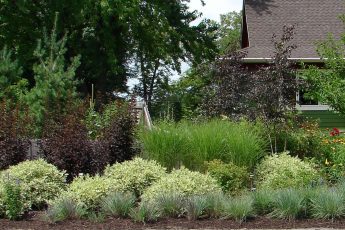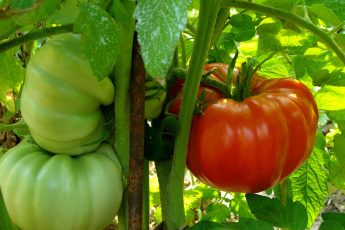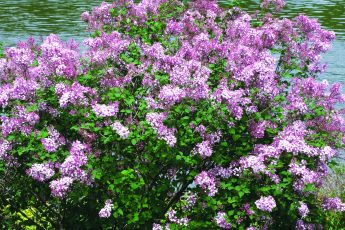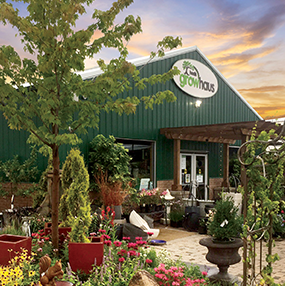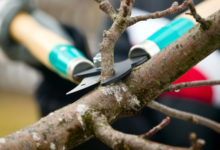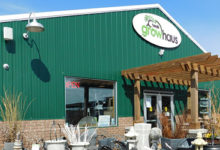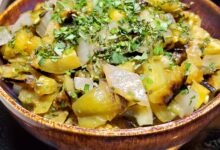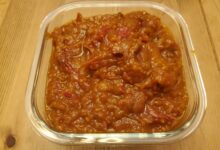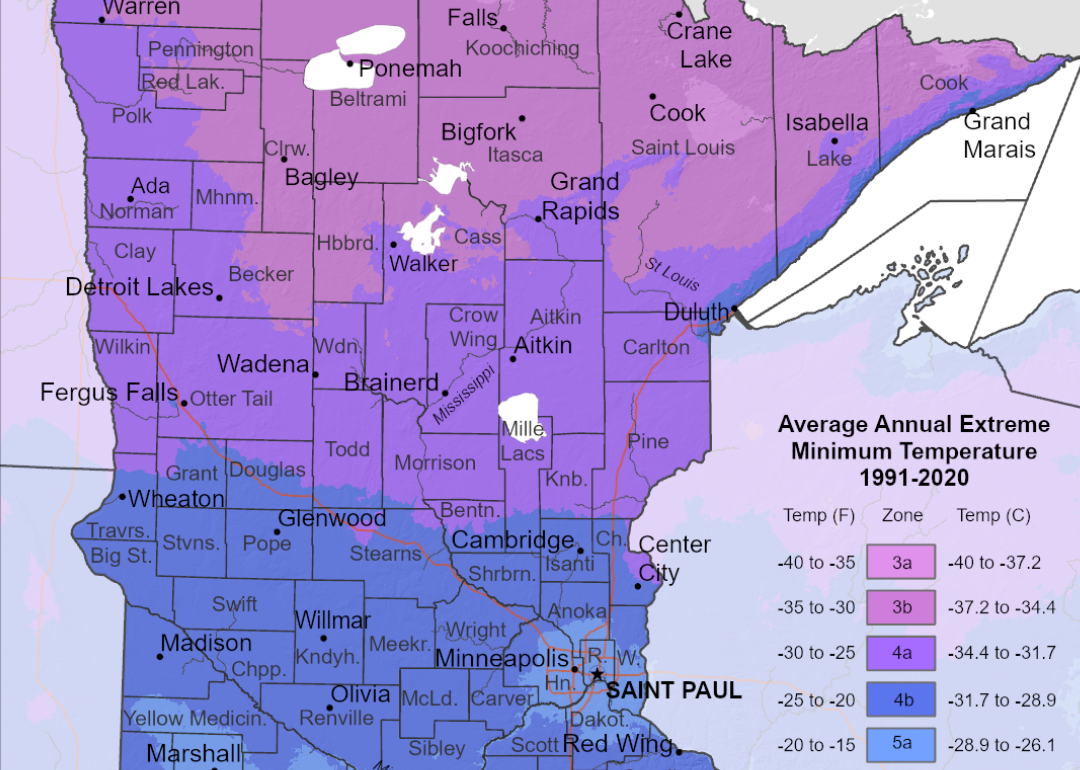
The news is out, last November the USDA has updated it’s Plant Hardiness Zone Map. After the update, a majority but, not all of the greater Twin Cities area was reclassified from zone 4 to zone 5. So what does that mean for gardeners? Let’s take a look at what zone hardiness means and how the change, if any impacts your landscape or your landscaping plans.
What does Hardiness Zone mean?
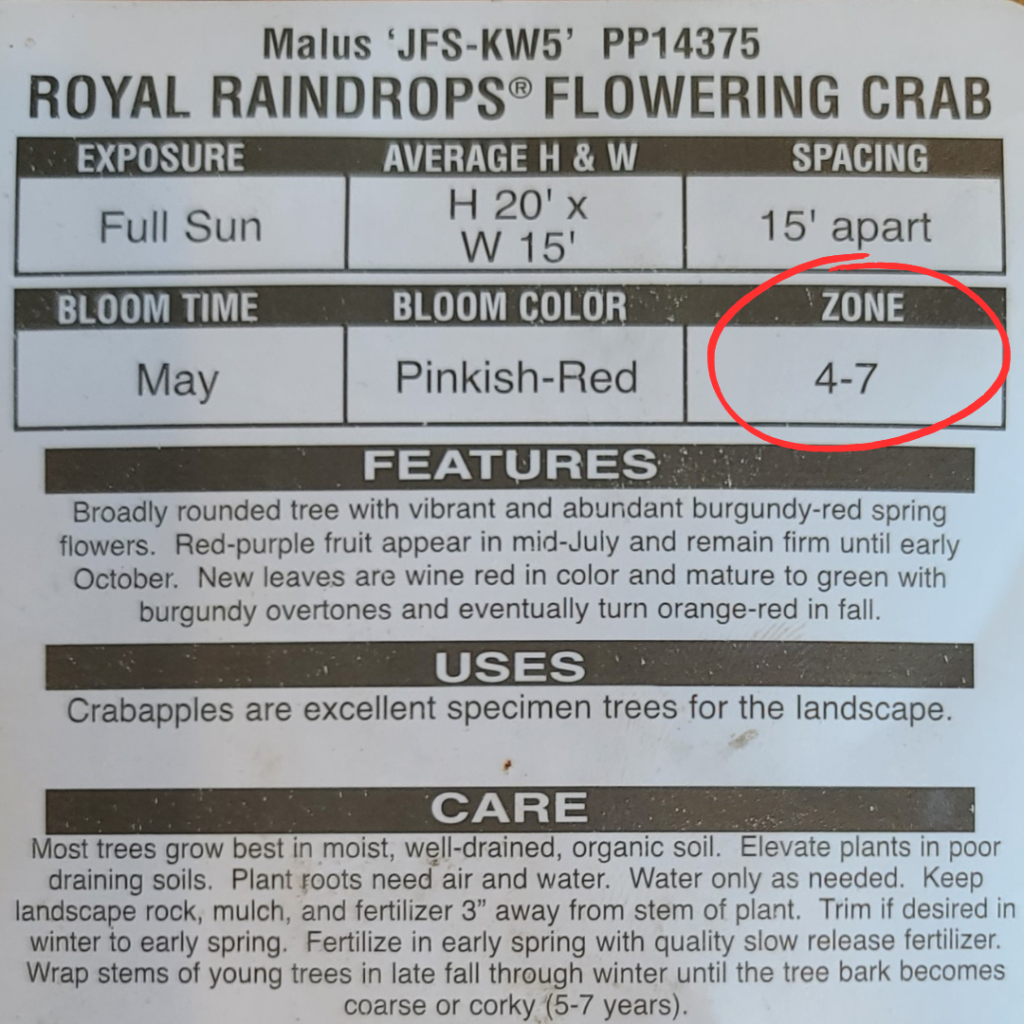
Anyone who has shopped for plants has come across a plant tag. Plant tags define sunlight requirements, mature plant size and recommended hardiness zone. So what is a hardiness zone? A hardiness zone is the average annual extreme low and high temperature of a region. The zone range on a plant tag defines the degree (literally) to which a plant can survive. Zone definitions also define if a plant is considered an annual or a perennial for a region.
The United States is split into thirteen full zones separated by ten degree increments, and half zones (a, b) separated by five degree increments. 1 is the coldest zone and zone 13 is the warmest. Minnesota is split into three hardiness zones from zone 3a in it’s northern regions to zone 5a in the southern region and major metropolitan areas. It is important to note, the map is based off of a single data point, a thirty year average. While the average coldest temperature in zone 5 is 20 below, there could always be some off days in January or February that it gets colder and kills some plants.
Understanding Microclimates
A majority of the updates to the USDA hardiness zone map were made to account for the microclimates of major cities, mountains and near bodies of water. These are climates that on average are warmer or cooler than the surrounding area influenced by water, buildings, concrete, pavement, etc.
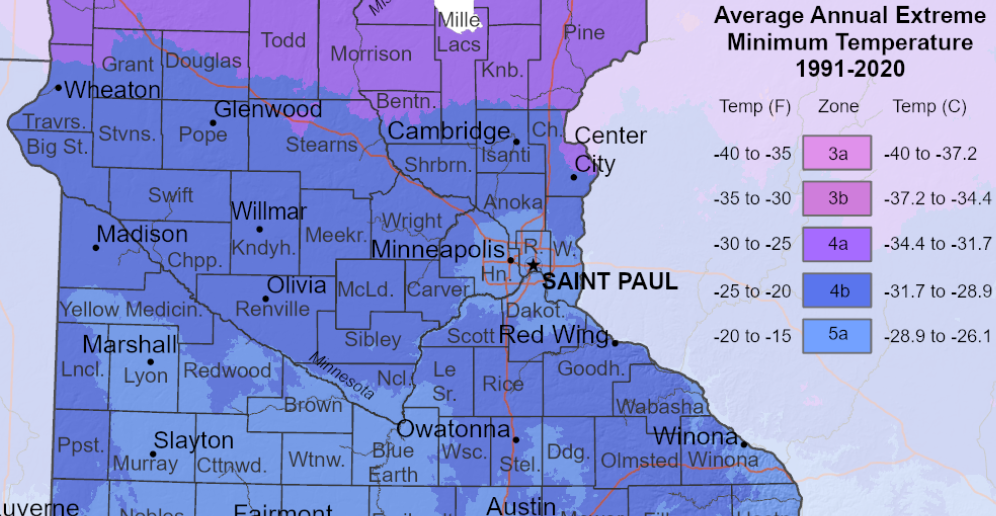
The Twin Cities is an excellent example of a large microclimate. Note the zone 5 change as the surrounded outskirts of the cities remains a zone 4. Corcoran for instance, is still a zone 4 while Plymouth changed to a zone 5.
Microclimates can also exist within our own landscape. Even before the updated hardiness zone map, many gardeners have had success growing plants outside of their growing zone in a mini-microclimate.
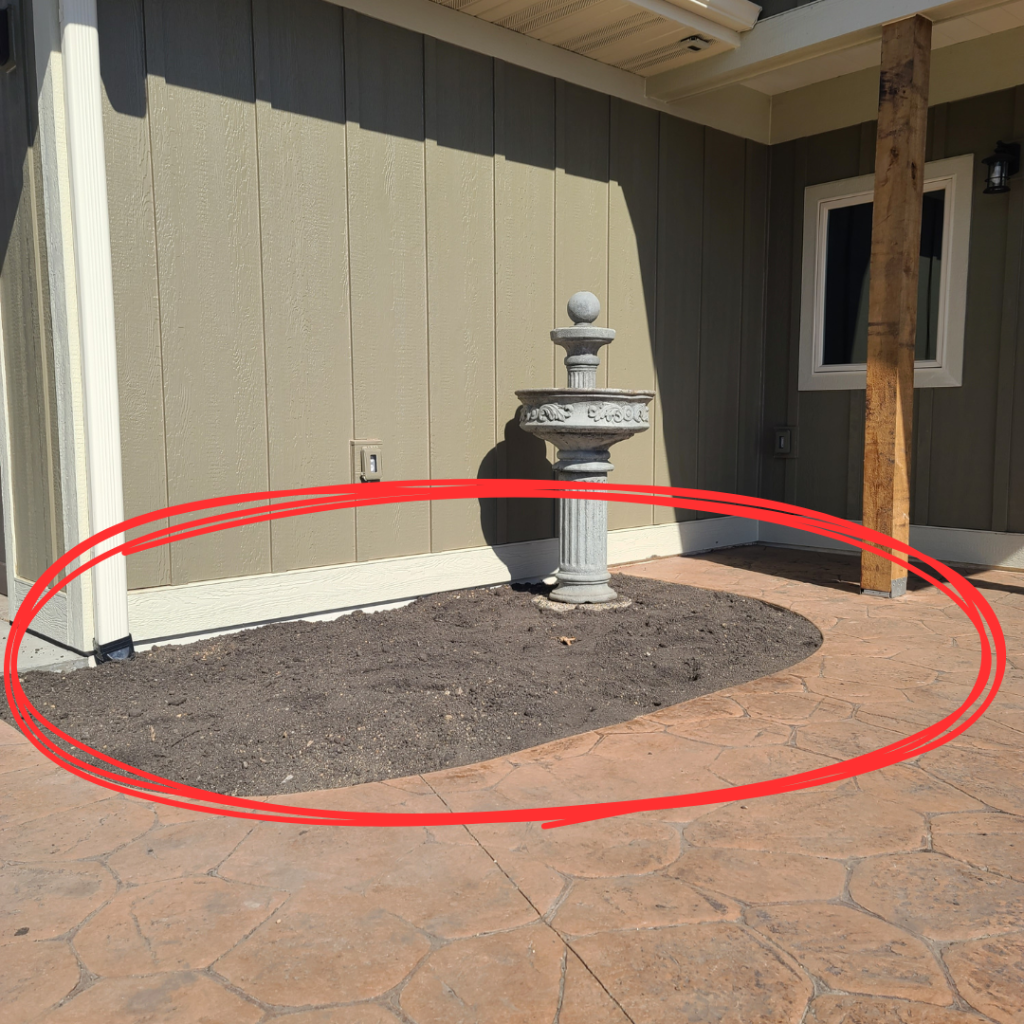
A garden on the south side of a house, protected from winter winds from the north and warmed by surrounding concrete is a mini-microclimate. Applying mulch can also create a mini-microclimate as it aids to keep soil temperatures consistent and plant’s roots protected.
Beyond Temperature
Temperature is only one of many factors that determine a plant’s survivability. Water, soil composition and sunlight are equally important elements. Before purchasing plants take an “inventory” of your planting location. How much sunlight do you have? Is your soil sandy, clay or loam? Is it on a hillside that dries out quickly or a lowland that collects water? Knowing your local growing conditions is vital for gardening success. Knowing your hardiness zone is your base guideline to what you can plant.
What will you grow?
Are you one of the many who’s landscape is now classified a zone 5 or have a mini-microclimate within a zone 4? Will you try to grow something new this year? GrowHaus has a variety of zone 5 perennial, trees and shrubs to give a try. GrowHaus also has an extensive selection of tried and true natives perfectly adapted to our region. Remember, the key to any plant’s winter survival is “right plant – right place” and ensuring it’s well watered before winter dormancy. There are also times even if we do everything right, sometimes a plant just doesn’t make it, it happens.


